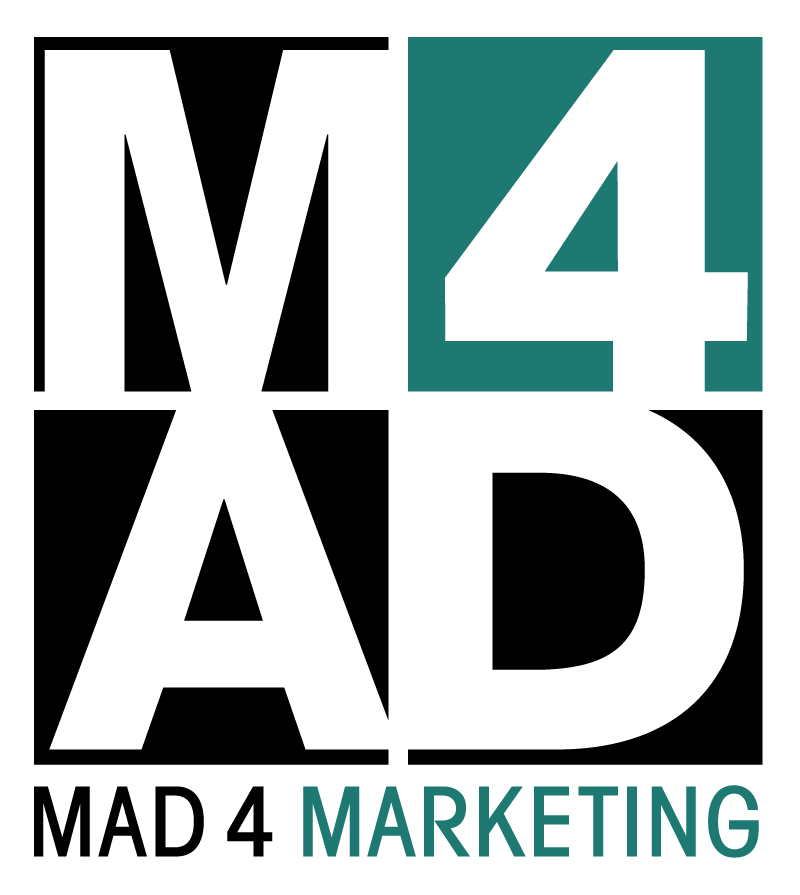The art of marketing has always made room for ideas that push boundaries, challenge conventions and even rely on shock value. Ads that make people talk, that make people think, and that make people remember are paramount to the industry. That’s especially true in the age of viral marketing, where content is often created with the hope of earning user-generated shares online.
Sometimes, the end result is something epic, like Oreo’s rainbow-colored cookies that featured in marketing material just in time for LGBT Pride month this past June. The company took advantage of a special occasion in a timely way that neatly linked back to its product.
But other times, it’s simply in poor taste. This week, 12 years after the terrorist attacks on the World Trade Center, one firm chose to cash in on the sentimentality of the Sept. 11, 2001, anniversary by creating very a tacky ad: AT&T posted a photo on Facebook and Twitter showing a smartphone user capturing the 9/11 memorial lights over the New York City skyline to share with friends and family, using the tagline, “Never Forget.”
The clear attempt at manipulating viewers’ emotions and thus earn their loyalty was not only immediately seen through, but also called out. The ad strategy backfired and drew large amounts of ire from the general public nationwide. The ad was posted early in the morning yesterday, and by 1 p.m. AT&T had issued an apology on Twitter — though the ad remained up on social media sites and continued to bring in negative feedback for a few hours more.
But that’s why we chose our words carefully in this article’s introduction. Because marketing is an art, and Mad 4 Marketing believes strongly in the combination of professionalism and talent that it takes to create successful campaigns. It’s easy to think of something sensational to base an advertisement on — like the age-old adage tells us, “sex sells.” But it’s much harder to think about where to draw the line between innovation and insensitivity. Cleverness, depth of content and lifespan (whether an ad will hold up over time) are integral. Knowing your audience is also a key factor when planning out an advertisement; and in this case, as AT&T learned the hard way, audiences were simply not ready for commercials exploiting America’s greatest tragedy.
